Third Generation Percutaneous Vertebral Augmentation Procedures: Update and Future Perspectives
Vertebroplasty and kyphoplasty represented and represent two mainstays of minimally invasive spine surgery. Inevitably, these procedures left some unresolved issues that must be solved. This monograph is born from a concrete and shared necessity: to clarify indications and limits, to assess advantages and disadvantages and to identify new perspectives relating to use of third generation devices for percutaneous vertebral augmentation. Actually, the concept of minimally invasive surgery and tissue sparing surgery are revolutionizing always the surgical approach to many diseases, espacially for spine surgery: therefore it is important to know the “when and how”. This text does not want to be anything more than a "short essay", and it is aimed especially to young people, residents and specialists, but also to all those who are desirous to find and to read "something" that can be a basis for reflection, even in order to improve their surgical technique. In line with United States and Northern Europe, we are sure that the differences between Orthopaedic Surgeon and Neurosurgeon should be complementary, in order to prompt a curious comparison for creating partnerships and not barriers. In fact, this monograph is the result of the work among Neurosurgeons and Orthopaedic Surgeons. This work is born from the collaboration of many surgeons: the "elder" ones, who have offered all their knowledge and experience and the “young” ones, who are eager to learn, know and especially to share between them. In this text, spine functional anatomy and biomechanics brief mentions will be done, in order to understand well the etiology and the evolution of spinal pathology, both traumatic, metabolic and tumoral; the different treatment options will be taken into account, the open and minimally invasive techniques, the percutaneous approaches as well as third generation devices for percutaneous vertebral augmentation. The goal is not to compare the different devices in order to identify a winner. The real goal is to understand what pathological condition can bring out the best properties of a specific device, in order to establish which device is the most appropriate in a specific case. Therefore, through the experiences of Orthopaedic Surgeons, Neurosurgeons and Neuroradiologists, we will explore and identify the correct procedures, but especially the potential "red flags", in this field of research.
{{comment.content}}
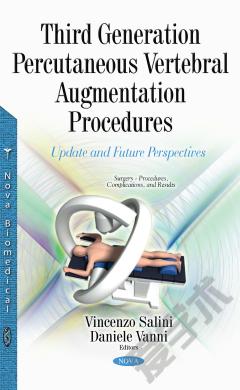
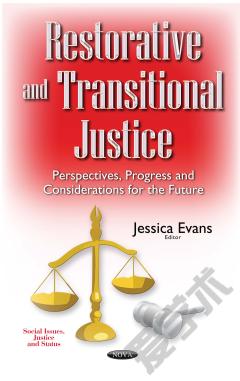

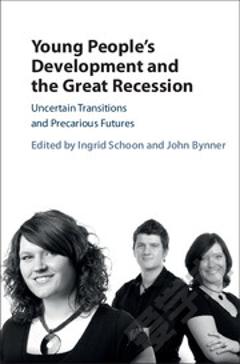
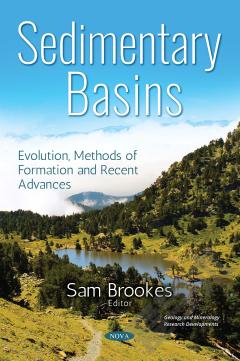

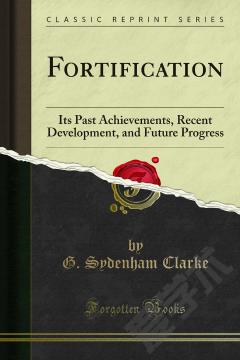

 京公网安备 11010802027623号
京公网安备 11010802027623号